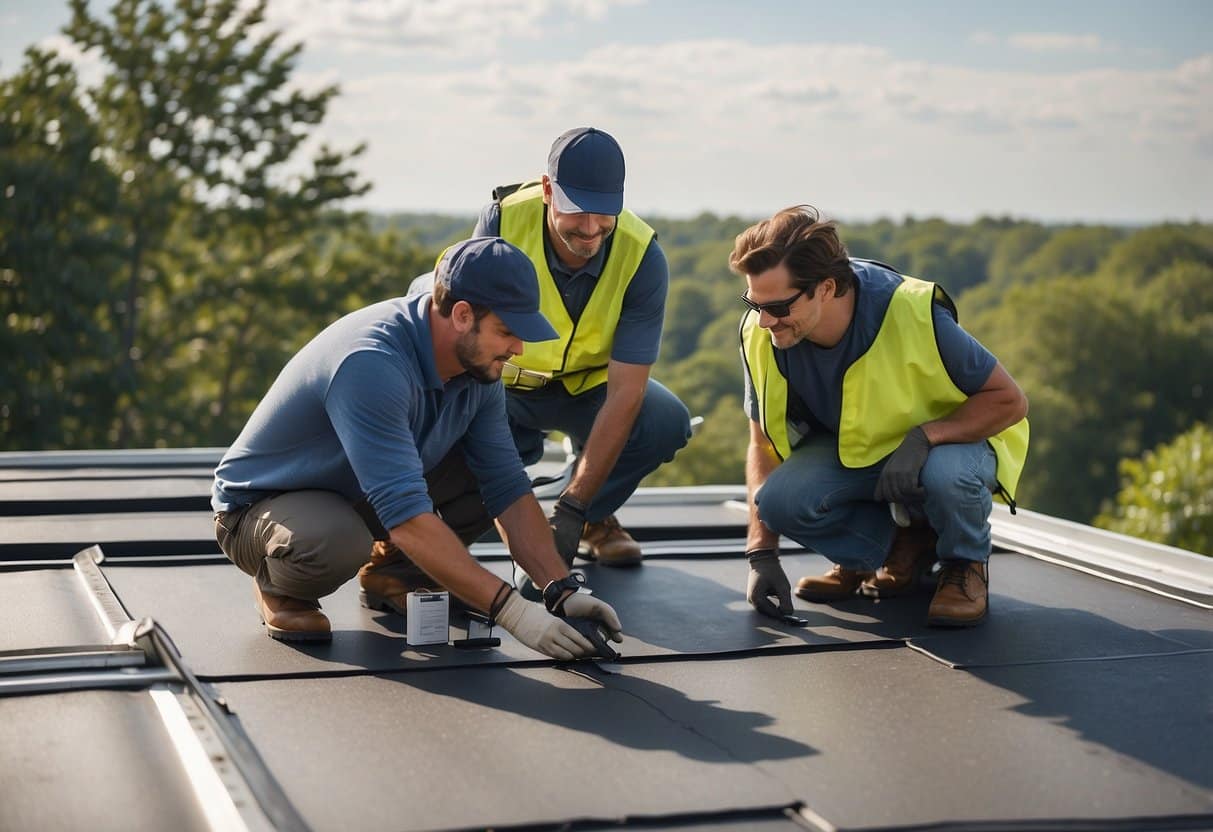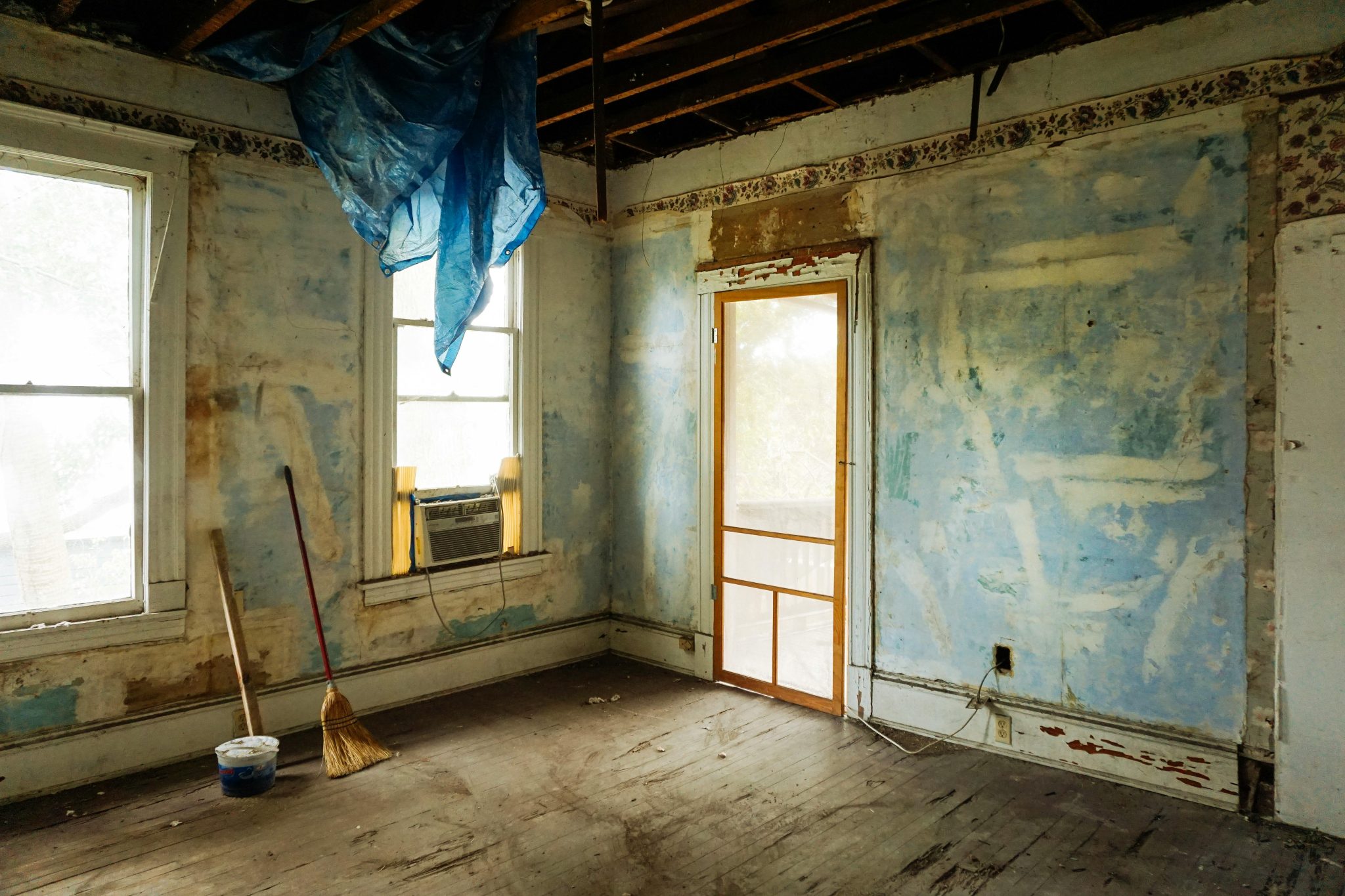Guide to Choosing the Best Water-Saving Appliances for Your Home
Water is undeniably the lifeblood of human existence and the push to conserve it is gaining momentum. Its importance in our daily running extends beyond predictable usage, such as for hydration and cleaning, to more obscure functions like cooling internal body temperatures and acting as a solvent in the human body.
However, its usage often goes unchecked, leading to gross wastage. Fret not, with advancements in technology, numerous methods have been developed that help in water conservation at home, contributing to preserving this important natural resource.
One effective approach involves installing water-saving appliances in our homes, which is also easier on our pockets in the long run by reducing water bills. This article will guide you through various types of water-saving appliances and provide insights on the best ones to suit individual needs.
Understanding Water-Saving Technologies
The key concept behind water-saving technologies lies in water outflow, i.e., its passage through a porous material. Most of the appliances employ the use of technology that reduces the flow of water, thereby slowing its passage without hindering the pressure with which it is emitted.
For example, laminar flow and aerated flow technologies are instrumental in reducing water consumption in showers and faucets. Certifications such as the Water Efficiency Labelling and Standards (WELS) and energy ratings can further help in picking the best appliances. It’s important to remain au courant with on-going developments in the domain to ensure the maximum benefits, regarding both water efficiency and long-term financial savings.
Choosing the Right Water-Efficient Showerheads and Faucets
When it comes to reducing water wastage in the bathroom, choosing rightly optimized faucets and showerheads is paramount. Aerating showerheads work by mixing air with water to create a forceful flow.
Among these, the laminar-flow showerheads are excellent; they use individual streams of water, thereby reducing usage without affecting the water pressure. Faucets, too, have undergone modifications to be more water-efficient. Models with flow restrictors or pressure-compensating valves help maintain consistent water flow but at a reduced rate.
Selecting the right ones is an art, for you do not want to compromise on the water pressure or its savings. For optimal results, explore and choose water-saving devices tailored to your home’s needs. Installation for these can usually be done without professional help, contributing more to your savings.
Selecting Eco-Friendly Washing Machines
Washing machines are often responsible for high water usage in households. However, the market is now flooded with eco-friendly options. Break it down into front-loading and top-loading models; front-loading ones are usually more water-efficient due to their design that uses gravity rather than filling up entire drums with water. While choosing such appliances, look out for their Energy Star rating and Water Factor (WF). The lower the WF, the more water-efficient the appliance is. Most of these machines now come with load-sensing technology that trims the amount of water based on the weight of the laundry, proving to be quite efficient.
Investing in Water-Saving Dishwashers
Modern dishwashers are a boon to water conservation. They come equipped with soil sensors that calculate the dirtiness of the dishes and adjust the water volume accordingly. Half-load settings allow for washing smaller loads of dishes without using excessive water. Compared to traditional hand washing, these dishwashers can save more water.
Besides just these points, remember to check the efficiency rating of your chosen model. Selecting a dishwasher that is the right size for your family can lead to significant water savings.
Efficient Irrigation Systems for Conserving Water Outdoors
Even your garden can contribute to your water conservation efforts! The traditional sprinkler systems are being quickly replaced with drip irrigation systems. While sprinklers cause a lot of water to evaporate or flow away, a drip system delivers water directly to the roots of the plants.
Incorporating timers and moisture sensors can make these systems even more water-efficient. A well-planned landscape design also helps to reduce water wastage. Moreover, smart controllers and weather-based systems adapt to real-time weather conditions, controlling the water supply based on the weather forecast.
Conclusion
To sum up, water is an essential yet scarce resource, and conserving it should be high on our priority list. Choosing and installing water-saving fixtures can lead to significant water conservation and result in an appreciable reduction in water bills.
It becomes imperative that we make efforts to upgrade any outdated plumbing fixtures in our homes, resulting in not just an efficient household, but also improved finances. It is also through these small changes that we become accountable towards the environment and move towards a sustainable future.
With just a few upgrades, you can utilise water more effectively and foster considerable savings: fiscal, resource-wise, and environmentally.
Remember, we have the ability to shape the future with our actions today. So, make mindful choices today and choose water-saving devices to build a more sustainable tomorrow.







